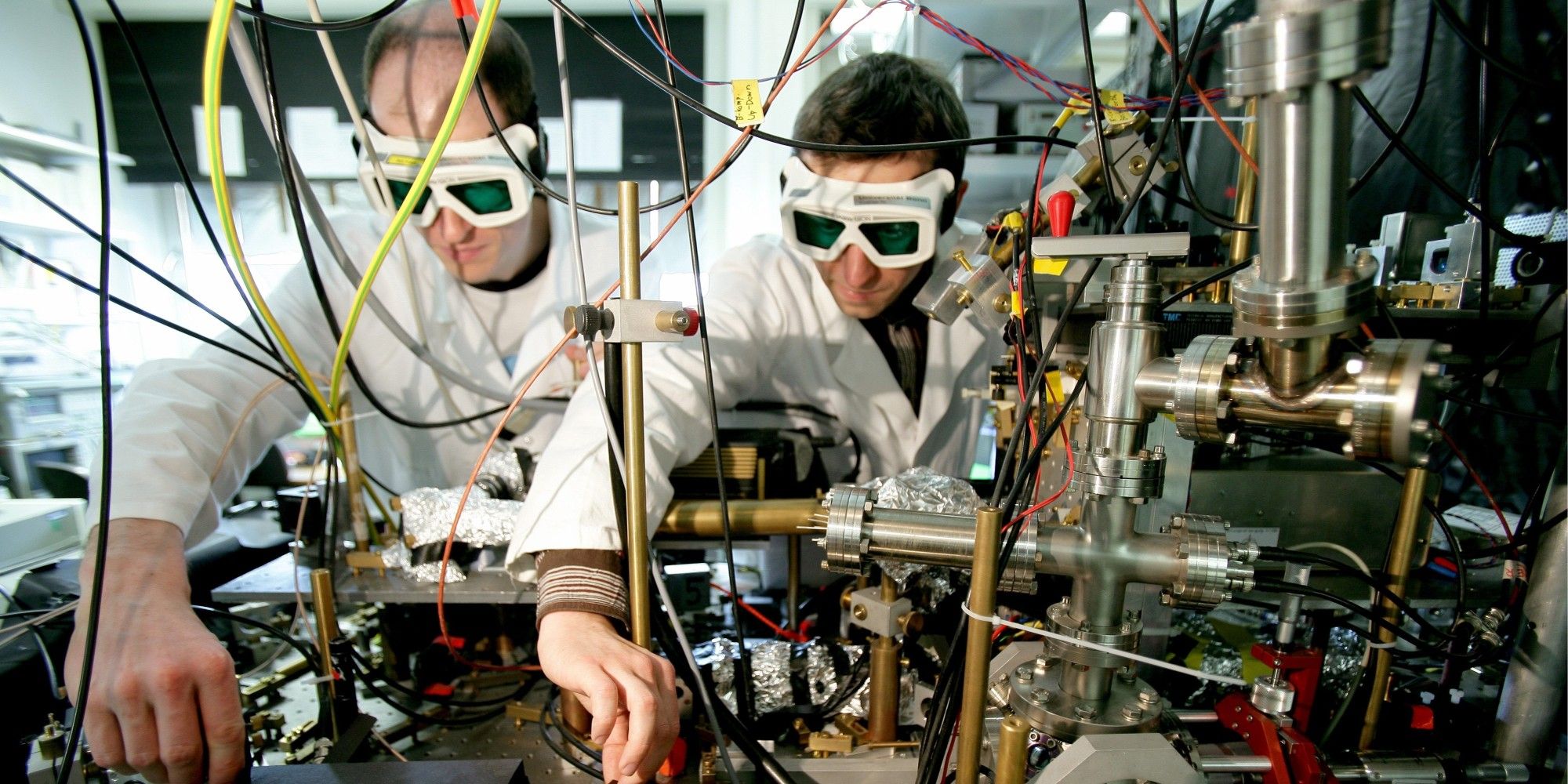Quoted: “Sometimes decentralization makes sense.
Filament is a startup that is taking two of the most overhyped ideas in the tech community—the block chain and the Internet of things—and applying them to the most boring problems the world has ever seen. Gathering data from farms, mines, oil platforms and other remote or highly secure places.
The combination could prove to be a powerful one because monitoring remote assets like oil wells or mining equipment is expensive whether you are using people driving around to manually check gear or trying to use sensitive electronic equipment and a pricey a satellite internet connection.
Instead Filament has built a rugged sensor package that it calls a Tap, and technology network that is the real secret sauce of the operation that allows its sensors to conduct business even when they aren’t actually connected to the internet. The company has attracted an array of investors who have put $5 million into the company, a graduate of the Techstars program. Bullpen Capital led the round with Verizon Ventures, Crosslink Capital, Samsung Ventures, Digital Currency Group, Haystack, Working Lab Capital, Techstars and others participating.
To build its technology, Filament is using a series of protocols that include the blockchain transaction database behind Bitcoin;
BitTorrent, the popular peer-to-peer file sharing software;
Jose, a contract management protocol that is also used in the OAuth authentication service that lets people use their Facebook ID to log in and manage permissions to other sites around the web;
TMesh, a long-range mesh networking technology and
Telehash for private messaging.”
“This cluster of technologies is what enables the Taps to perform some pretty compelling stunts, such as send small amounts of data up to 9 miles between Taps and keep a contract inside a sensor for a year or so even if that sensor isn’t connected to the Internet. In practical terms, that might mean that the sensor in a field gathering soil data might share that data with other sensors in nearby fields belonging to other farmers based on permissions the soil sensor has to share that data. Or it could be something a bit more complicated like a robotic seed tilling machine sensing that it was low on seed and ordering up another bag from inventory based on a “contract” it has with the dispensing system inside a shed on the property.
The potential use cases are hugely varied, and the idea of using a decentralized infrastructure is fairly novel. Both IBM and Samsung have tested out using a variation of the blockchain technology for storing data in decentralized networks for connected devices. The idea is that sending all of that data to the cloud and storing it for a decade or so doesn’t always make economic sense, so why not let the transactions and accounting for them happen on the devices themselves?
That’s where the blockchain and these other protocols come in. The blockchain is a great way to store information about a transaction in a distributed manner, and because its built into the devices there’s no infrastructure to support for years on end. When combined with mesh radio technologies such as TMesh it also becomes a good way to build out a network of devices that can communicate with each other even when they don’t have connectivity.”
Read the Article, and watch the Video, here > http://fortune.com/2015/08/18/filament-blockchain-iot/







